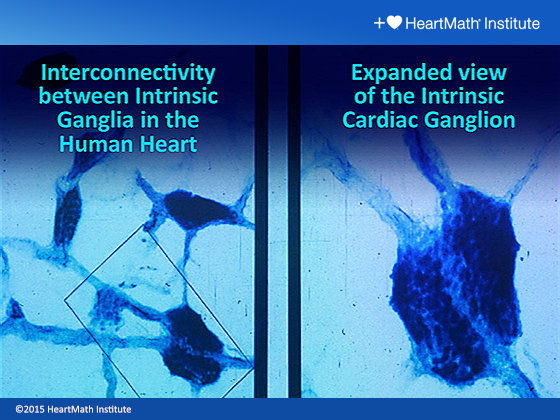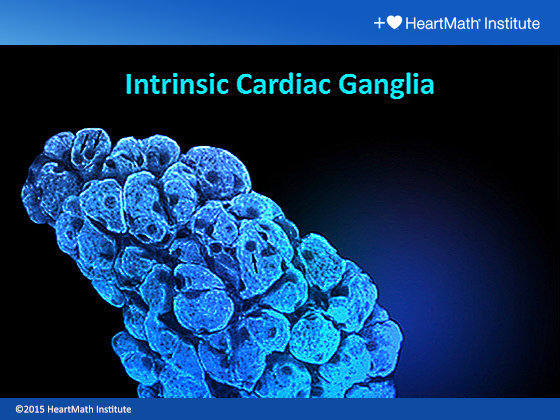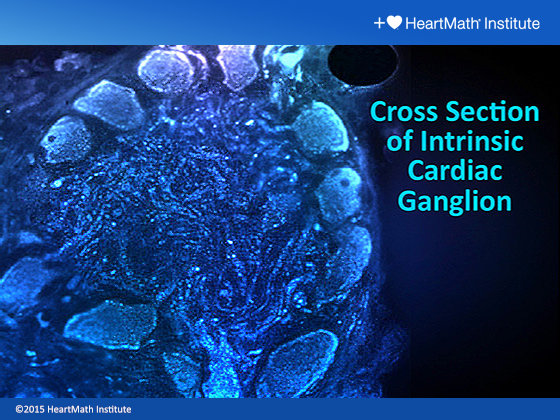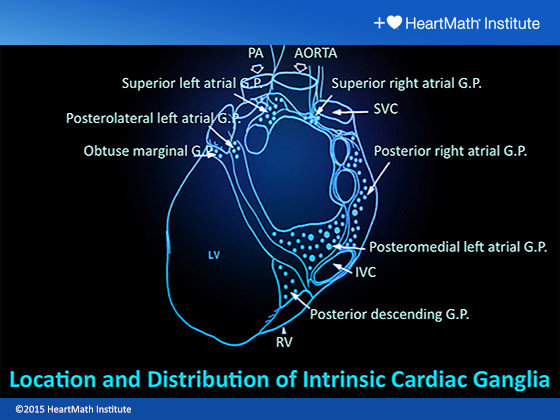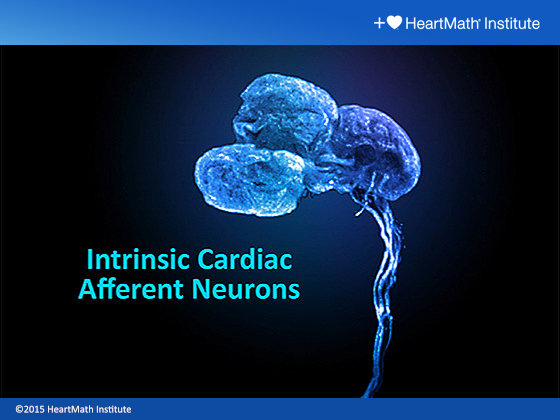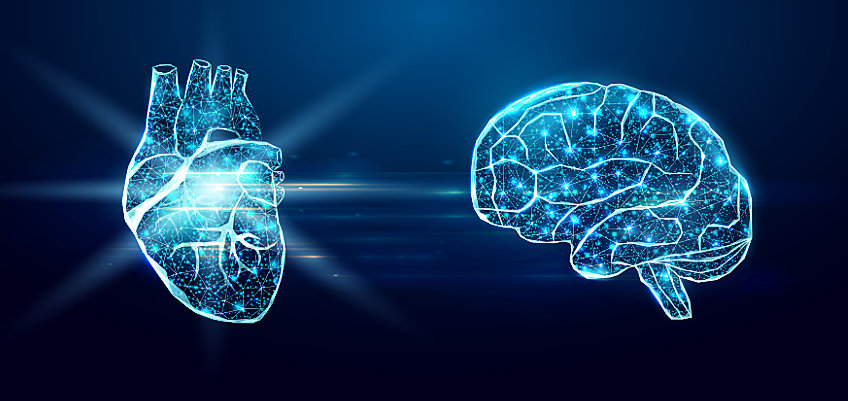
Exploring the Little Brain in the Heart: A Journey Into Heart-Brain Communication
Introduction: Unveiling the Heart’s Mysteries
Did you know that the heart, often thought of merely as a pump, has a brain of its own? This remarkable idea, backed by neurocardiologists and numerous scientists, underscores a more profound communication between the heart and the brain than previously understood. In 1991, Dr. J. Andrew Armour introduced the groundbreaking concept of the "heart brain."
The Intricate Heart-Brain Connection
Our understanding of the heart has dramatically evolved over time. The heart and brain communicate through the autonomic nervous system, comprising sympathetic and parasympathetic branches. This complex network involves multi-synaptic pathways, revealing a fascinating aspect of this discovery: the heart actually sends more signals to the brain than the brain sends to the heart. These signals have far-reaching implications, influencing our perception, emotions, and even higher cognitive processes.
What does the little brain in the heart do?
The "little brain" in the heart is an intricate system similar to the cerebral brain. It includes a diverse array of neurons, neurotransmitters, proteins, and support cells. This sophisticated network empowers the heart to independently learn, remember, sense, and feel. One of the key discoveries HMI researchers made about the "heart brain," which it also calls the intelligent heart, is intentionally experiencing emotions can change the information the heart sends to the brain. HeartMath Institute studies have shown that emotions such as compassion, care, love, and generally positive feeling states can actually benefit us in many ways. Such capabilities enable the heart to finely tune its responses to the brain’s signals, playing a crucial role in our emotional and cognitive experiences.
Pioneering Research and Studies
Recent studies, including those by Dr. Lisa Garfinkel, professor of psychiatry at Stanford University, have hinted that the heart might be capable of sending fear-inducing signals to the brain. This two-way communication makes it challenging to pinpoint the exact source of these emotional states. Further expanding on this, the HeartMath Institute’s (HMI) "Science of the Heart" e-book provides a comprehensive look into how the "heart brain" functions similarly to the cerebral brain. One of HMI’s key discoveries is that intentionally experiencing positive emotions can modify the information relayed by the heart to the brain. This finding has insightful implications for our emotional well-being.
The Power of Heart Coherence
The concept of coherence, as studied by HMI, highlights a psychophysiological state where mental perception, intuitive awareness, and performance are enhanced. In one study, participants were asked to consciously feel positive emotions. The result was a noticeable change in their heart rhythms, which became smoother and more stable, particularly after experiencing negative emotions. This state of coherence is not just a physiological phenomenon; it has tangible benefits for personal performance, health, and overall well-being.
Conclusion and Further Learning
The exploration of the little brain in the heart opens new horizons in understanding how our emotions and thoughts are intertwined with our physical state. If you are intrigued by this exciting subject, a wealth of information is available – visual representations and more can be found in the New Science of the Heart Vol 2, Chapter 1. To delve deeper into heart-brain communication and the benefits of achieving heart coherence, resources and research articles are available on HeartMath Institute’s research page. This journey into the heart’s hidden brain reveals not just a biological phenomenon but also a pathway to enhancing our mental and emotional well-being. The images can be viewed here.
These images were derived from the work of J. Andrew Armour, M.D., Ph.D. and his colleagues.
You can learn more about the "little brain in the heart" in these two e-books:
Researching the Human Heart and Brain: Check out HeartMath Institute’s Research.


